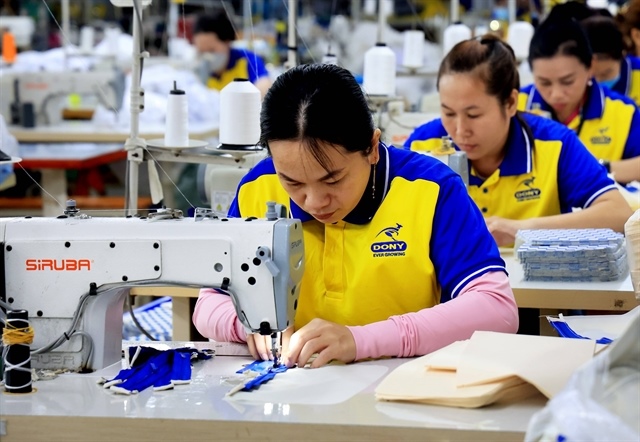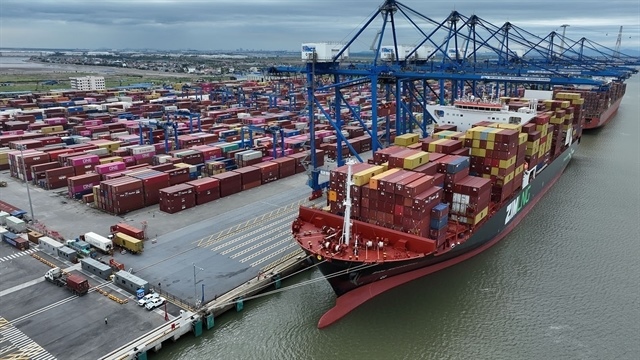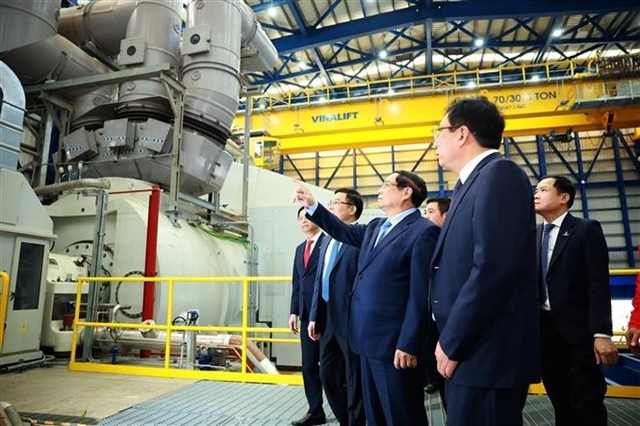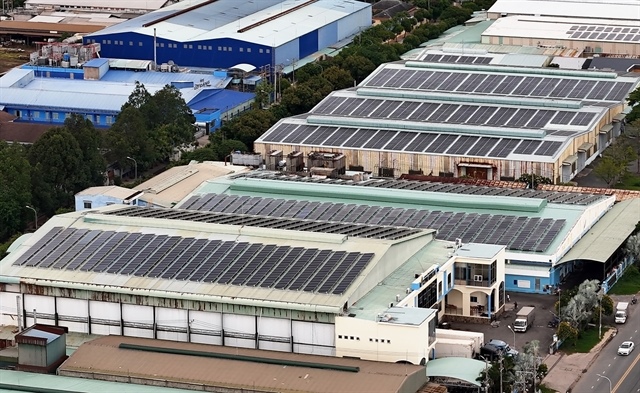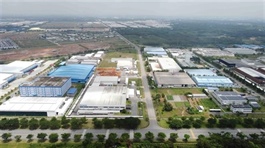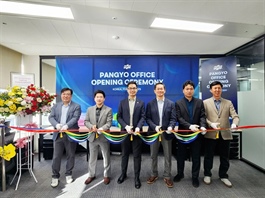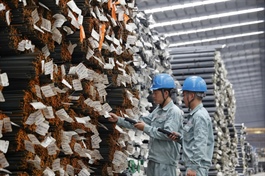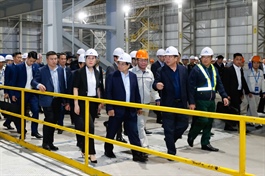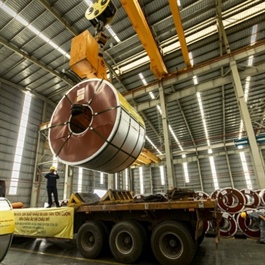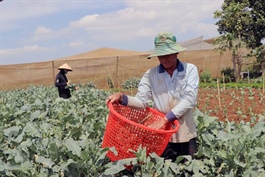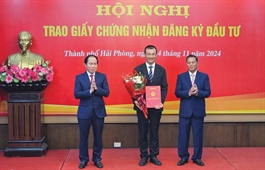Vietnam to develop small-size nuclear power plant
Vietnam to develop small-size nuclear power plant
Vietnam's power capacity needs to expand 2.5–3 times by 2030 and 5–7 times by 2050 to keep pace with the country's projected high economic growth.
Vietnam will develop small-scale nuclear power nationwide alongside its planned large-scale nuclear project in the southern province of Ninh Thuan, Minister of Industry and Trade Nguyen Hong Dien shared the information during a consultation meeting on February 12 on the adjustment of Power Development Plan VIII.
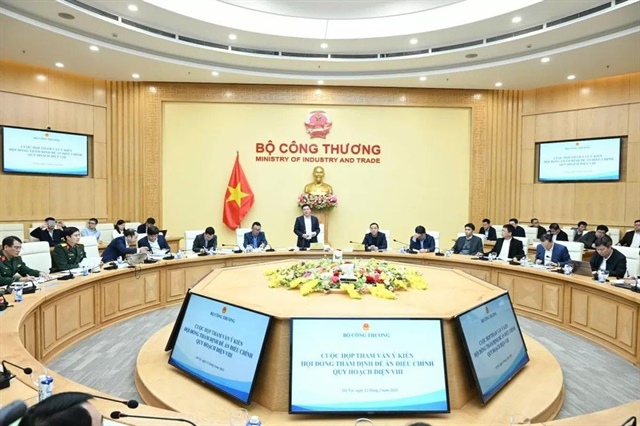
Overview of the meeting. Photo: MoIT |
Vietnam is currently restarting its Ninh Thuan nuclear power project, which is expected to be completed within five years. The project consists of two plants: Ninh Thuan 1, located in Phuoc Dinh Commune, Thuan Nam District, and Ninh Thuan 2, situated in Vinh Hai Commune, Ninh Hai District. The Electricity of Vietnam (EVN) and the Vietnam National Oil and Gas Group (PVN) will be the respective investors for these plants.
Beyond traditional high-power reactors, recent advances in nuclear technology have produced small and medium-sized modular reactors (SMRs). These reactors are about one-tenth the size of standard nuclear reactors, making them easier to build and more affordable to invest in. The estimated investment per megawatt (MW) for SMRs ranges from $7,000 to $12,000, or $2.1 to 3.6 billion for a 300 MW plant. The construction period for SMRs is approximately 2–3 years, compared to the 5–10 years required for conventional nuclear plants, which cost around $6–9 billion.
Regardless of size, nuclear power plants—particularly SMRs—must be built in geologically suitable locations that meet safety requirements and provide appropriate solutions for nuclear waste disposal.
The adjusted power plan will identify at least three additional sites, out of the eight originally planned, that could host nuclear power plants by 2030, in addition to the two sites in Ninh Thuan. According to the Ministry of Industry and Trade, Vietnam's potential for nuclear power development spans three key regions: South Central Coast (25–30 GW potential), Central Coast (10 GW potential), and North Central Coast (4–5 GW potential).
The eight pre-identified nuclear power plant sites, outlined in Decision 906 (June 17, 2010) by the Prime Minister, are in five provinces: Ninh Thuan (3 sites), Quang Ngai (2 sites), and one site each in Binh Dinh, Phu Yen, and Ha Tinh. Each location has the potential to support 4–6 GW of nuclear power capacity.
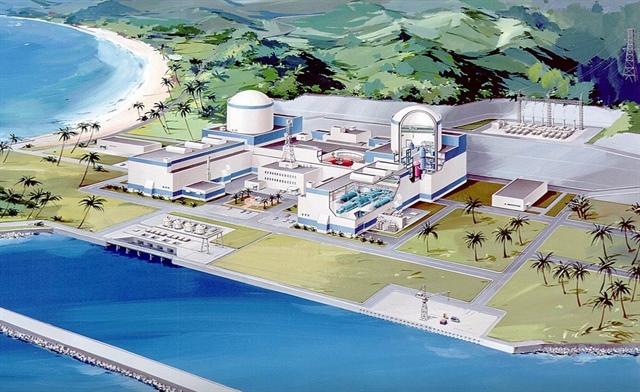
The design of Ninh Thuan 1 Nuclear Power Plant. Photo archive |
Among these, Phuoc Dinh and Vinh Hai in Ninh Thuan have officially been selected as sites for nuclear power plants. Two sites in Quang Ngai and one in Binh Dinh have also been considered for developing large-scale nuclear power plants with four reactor units. However, since no official zoning plans have been published, these sites will require reassessment after a decade.
By 2050, Vietnam aims to add 5 GW of nuclear power in the North Central region, in addition to the 4,800 MW committed to Ninh Thuan. The country's energy mix will also expand to incorporate 8.4 GW from combined-cycle gas turbines and liquefied natural gas (LNG), while wind, solar, and battery storage will continue to grow beyond current Power Plan VIII projections.
Vietnam is targeting an economic growth rate of over 8% this year and double-digit growth in subsequent years, which translates into annual power demand growth of 12–14%. To meet this demand, Vietnam's power capacity will need to expand 2.5–3 times by 2030 and 5–7 times by 2050, according to Minister Nguyen Hong Dien.
Commenting on the draft plan, Nguyen Anh Tuan, Vice Chairman and Secretary-General of the Vietnam Energy Association, emphasized the need for regional backup power planning to prevent localized shortages, rather than relying solely on a nationwide backup strategy. He also stressed the importance of accurately forecasting power demand for green transportation, particularly for the North-South high-speed railway and metro systems.
The allocation of energy investment should ensure a balanced distribution across regions to avoid power shortages in the north while preventing oversupply in the central region. "We should tap the potential of solar energy in northern Vietnam. Germany has 96,000 MW of solar capacity despite only 900 hours of sunlight per year, while northern Vietnam enjoys up to 1,200 hours," Tuan noted.
Nguyen Thai Son, Chairman of the Scientific Council of Vietnam Energy Journal, echoed the need for region-specific demand forecasts. He pointed out discrepancies in projected electricity consumption, with some regions exceeding forecasts by 101%, while others fell below 80%. Understanding these variations is critical to devising appropriate solutions.
Noting that northern and southern Vietnam remain the country's main economic hubs, while the central region has significant untapped renewable energy potential, Ngo Tuan Kiet, former Director of the Institute of Energy Science, suggested formulating an economic development strategy for central Vietnam. Doing so would help reduce the transmission burden to the north and south, mitigate climate risks to the grid, and maximize local energy resources.


